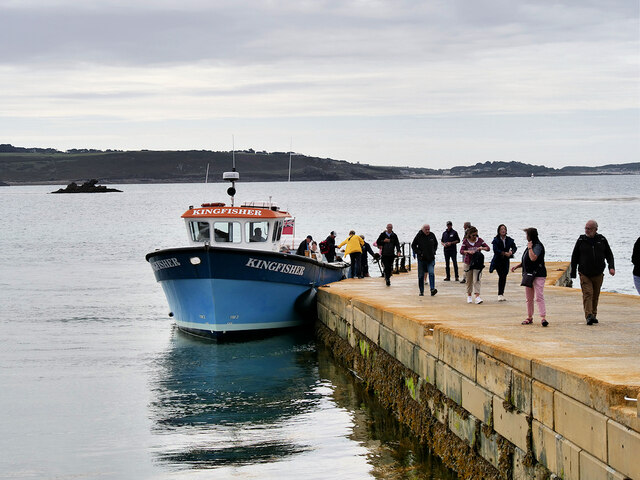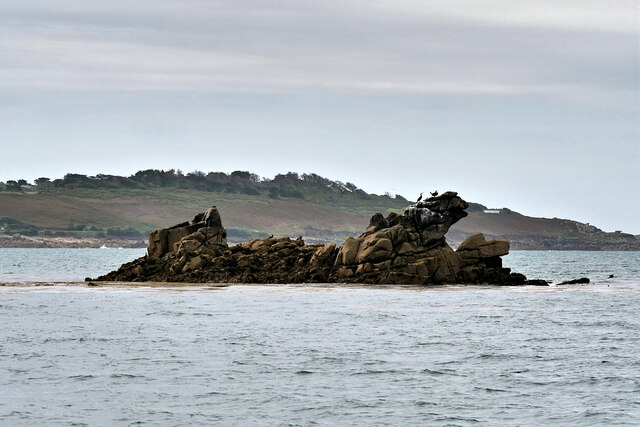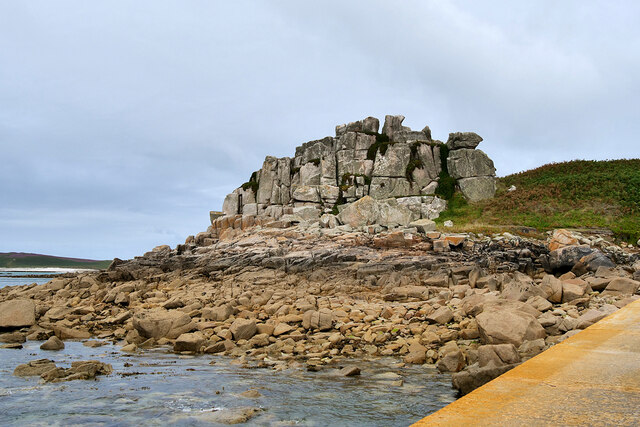Figtree Ledge
Island in Cornwall
England
Figtree Ledge

Figtree Ledge is a small island located just off the southeastern coast of Cornwall, England. It is situated in the English Channel, approximately 1.5 kilometers from the mainland. The island gets its name from the presence of several fig trees that can be found scattered across its landscape.
Covering an area of around 4 hectares, Figtree Ledge is primarily composed of rugged cliffs and rocky outcrops, providing a picturesque and dramatic coastal scenery. The island is accessible by boat, with a small jetty located on its eastern side. Due to its secluded location, it serves as a popular destination for nature enthusiasts, birdwatchers, and those seeking a peaceful retreat.
The vegetation on Figtree Ledge is mainly comprised of hardy coastal plants, including grasses and wildflowers, which thrive in the exposed and windy conditions. The fig trees, after which the island is named, are a unique feature and offer a touch of exoticism to the landscape.
The island is also home to a diverse range of wildlife. Seabirds such as gulls, cormorants, and puffins can be spotted nesting along the cliffs, while seals and dolphins occasionally visit the surrounding waters. The rocky shores provide an ideal habitat for various marine organisms, making it a haven for snorkelers and divers.
Despite its natural beauty, Figtree Ledge does not have any permanent human inhabitants. However, it is occasionally used as a camping spot during the summer months, allowing visitors to experience its tranquility and stunning surroundings. Overall, Figtree Ledge offers a unique and unspoiled natural environment, making it a hidden gem for those looking to escape the hustle and bustle of everyday life.
If you have any feedback on the listing, please let us know in the comments section below.
Figtree Ledge Images
Images are sourced within 2km of 49.941045/-6.3281305 or Grid Reference SV8913. Thanks to Geograph Open Source API. All images are credited.













Figtree Ledge is located at Grid Ref: SV8913 (Lat: 49.941045, Lng: -6.3281305)
Division: Isles of Scilly
Unitary Authority: Isles of Scilly
Police Authority: Devon and Cornwall
What 3 Words
///single.motivates.pronouns. Near Tresco, Isles of Scilly
Nearby Locations
Related Wikis
Oliver's Battery, Tresco
Oliver's Battery is a ruined artillery battery on the island of Tresco in the Isles of Scilly off of Cornwall, England. It was built by the Parliamentarian...
Tresco Heliport
Tresco Heliport (ICAO: EGHT) is a heliport located on the island of Tresco, in the Isles of Scilly off the southwest coast of the United Kingdom. The heliport...
Tresco Priory
Tresco Priory is a former monastic settlement on Tresco, Isles of Scilly founded in 946 AD. It was re-founded as the Priory of St Nicholas by monks from...
Tresco Abbey Gardens
Tresco Abbey Gardens are located on the island of Tresco in the Isles of Scilly, United Kingdom. The 17 acre gardens were established by the nineteenth...
Nearby Amenities
Located within 500m of 49.941045,-6.3281305Have you been to Figtree Ledge?
Leave your review of Figtree Ledge below (or comments, questions and feedback).






